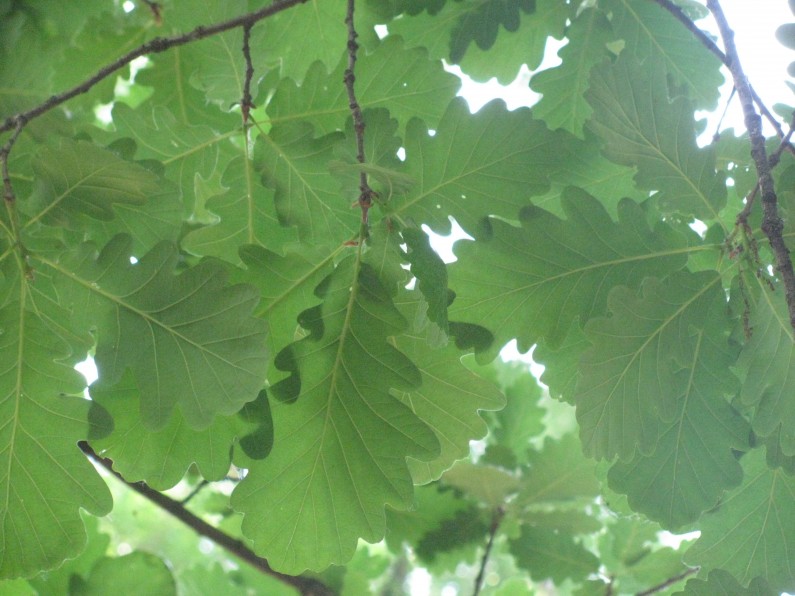
As evidence of the vitality of the park of Villa Visconti Borromeo Litta, there were projects to extend the English landscaped garden designed in 1932 by the architect, Joseph Tramajoni who enhanced it with new tree species.
More
In this area the slight slope of the ground highlights the height of the trees which allow you to stroll under their shade, cheered on by the play of light created by the sun filtering into the branches of the beech, lime, yew, ash, maple and oak trees.
These are majestic trees that belong to the beech family and were always considered a symbol of strength because of their thick open crown.
In the downy oak (Quercus pubescens), its leaves are alternate and lobed with pubescent (small hairs) petiole as in the undersides of young leaves. Its growth is very slow and limited. Large specimens of trees are found with some frequency in the parks of old villas although there was an extensive use of these trees in the 20th century, as evidenced by its presence in the Oak Forest of Seveso.
All species of the genus Quercus are monoecious and anemophilous, that is, their pollen is dispersed by the wind. The fruit, called acorns, are nuts enclosed in a more or less developed dome that lignifies with time. The acorn of the oak is elongated and almost half protected by a regularly scaled dome, which is not very recognizable. The oak has long been used for feeding pigs; moreover, palaeontology has shown us that acorns were eaten by prehistoric people and in times of war and famine. Its grandeur and longevity, along with the many benefits it provides for men and animals, have made it a symbol of the heavenly and earthly Father; and therefore, what is sovereign is both divine and earthly.
In addition to aesthetic and cultural reasons, the diffusion of the oak tree in the properties of the aristocracy and the European bourgeoisie was also linked to the notorious use of its bark in the leather trade. This part of the oak, in fact, is rich in tannin, a substance indispensable for making soft leather. After being softened in a lime pit and the removal of the hair and meat residues, the skins were, in fact, immersed in baths of crushed oak barks. The resulting leather was then rinsed and left to dry, assuming specific properties depending on the duration and amount of oak barks in the immersion troughs.
These are majestic trees that belong to the beech family and were always considered a symbol of strength because of their thick open crown.
In the downy oak (Quercus pubescens), its leaves are alternate and lobed with pubescent (small hairs) petiole as in the undersides of young leaves. Its growth is very slow and limited. Large specimens of trees are found with some frequency in the parks of old villas although there was an extensive use of these trees in the 20th century, as evidenced by its presence in the Oak Forest of Seveso.
All species of the genus Quercus are monoecious and anemophilous, that is, their pollen is dispersed by the wind. The fruit, called acorns, are nuts enclosed in a more or less developed dome that lignifies with time. The acorn of the oak is elongated and almost half protected by a regularly scaled dome, which is not very recognizable. The oak has long been used for feeding pigs; moreover, palaeontology has shown us that acorns were eaten by prehistoric people and in times of war and famine. Its grandeur and longevity, along with the many benefits it provides for men and animals, have made it a symbol of the heavenly and earthly Father; and therefore, what is sovereign is both divine and earthly.
In addition to aesthetic and cultural reasons, the diffusion of the oak tree in the properties of the aristocracy and the European bourgeoisie was also linked to the notorious use of its bark in the leather trade. This part of the oak, in fact, is rich in tannin, a substance indispensable for making soft leather. After being softened in a lime pit and the removal of the hair and meat residues, the skins were, in fact, immersed in baths of crushed oak barks. The resulting leather was then rinsed and left to dry, assuming specific properties depending on the duration and amount of oak barks in the immersion troughs.
